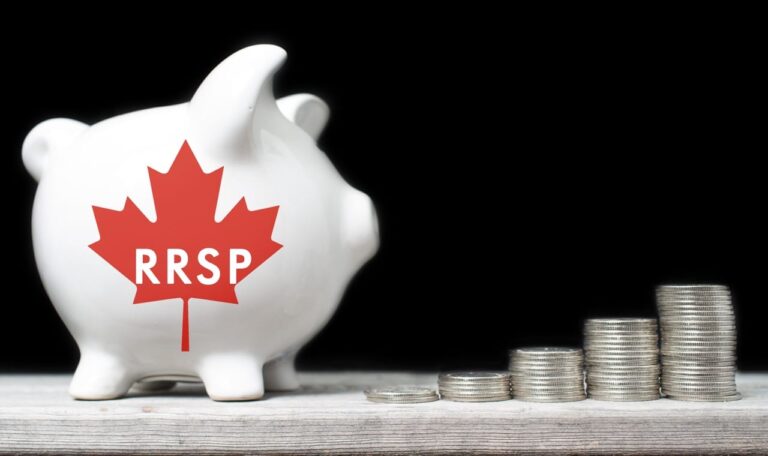Registered Retirement Savings Plans (RRSPs) are a great way to save for retirement while enjoying tax benefits. However, there’s a limit to how much you can contribute each year, and exceeding that limit can result in penalties.
If you’ve accidentally over-contributed to your RRSP, don’t panic—there are ways to correct the mistake and minimize the financial impact. In this guide, we’ll explain how RRSP contribution limits work, what happens if you exceed them, and how to fix an over-contribution.
RRSP Contribution Limits: How Much Can You Contribute?
The amount you can contribute to an RRSP each year is determined by:
- 18% of your earned income from the previous year, up to a government-set annual limit.
- Your unused RRSP contribution room from previous years.
- Any pension adjustments, if applicable.
For example, the RRSP contribution limit for 2024 is $31,560, but your personal limit may be lower depending on your income and past contributions. You can find your exact RRSP contribution room in your CRA My Account or on your Notice of Assessment.
What Happens If You Over-Contribute to Your RRSP?
The Canada Revenue Agency (CRA) allows a small buffer of $2,000 over the limit without penalties. However, anything beyond that buffer is subject to a 1% penalty per month on the excess amount until it’s withdrawn or corrected.
Example of an Over-Contribution:
- Your RRSP limit is $25,000
- You contribute $28,000
- You have over-contributed by $3,000
- The first $2,000 is penalty-free
- The extra $1,000 is subject to a 1% penalty per month ($10 per month)
If not addressed quickly, these penalties can add up over time.
How to Fix an RRSP Over-Contribution
If you realize you’ve over-contributed to your RRSP, take these steps to correct the issue:
1. Withdraw the Excess Contribution
The fastest way to stop penalties from accumulating is to withdraw the excess amount from your RRSP. However, withdrawals from an RRSP are usually subject to withholding tax unless done through the proper CRA process.
To minimize tax consequences, fill out Form T3012A (Tax Deduction Waiver on Excess Contributions) and submit it to the CRA before withdrawing funds. If approved, you can take out the extra contribution without immediate tax deductions.
2. Use the Excess Contribution in Future Years
If your over-contribution is small and you have new contribution room opening next year, you can leave the excess funds in your RRSP and apply them to future limits. However, keep in mind that you’ll still pay a 1% monthly penalty until the new contribution room becomes available.
3. Request a Penalty Waiver
If the over-contribution was a genuine mistake, you can request relief from penalties by submitting Form RC4288 (Request for Taxpayer Relief) to the CRA. This is more likely to be approved if you:
✔ Correct the issue quickly
✔ Provide a reasonable explanation
✔ Have a good track record with CRA compliance
How to Avoid Over-Contributing to Your RRSP
To prevent this issue in the future, follow these steps:
✔ Check Your Contribution Room Regularly – Log into your CRA My Account before making contributions.
✔ Track Contributions Carefully – Keep a record of direct deposits, employer contributions, and transfers.
✔ Avoid Automatic Contributions Without Monitoring – If you set up recurring deposits, make sure they align with your available room.
✔ Consult a Financial Advisor – If you’re unsure about your contribution limits, seek professional guidance.
Final Thoughts
Accidentally over-contributing to your RRSP can lead to unwanted penalties, but acting quickly can help minimize the impact. Whether you choose to withdraw the excess, carry it forward to future years, or request relief from the CRA, it’s important to stay on top of your contribution limits to avoid future issues.
If you’re planning your finances and considering using RRSP funds for a home purchase or mortgage strategy, Contact The Local Broker for expert advice on the best financial moves for your situation.
